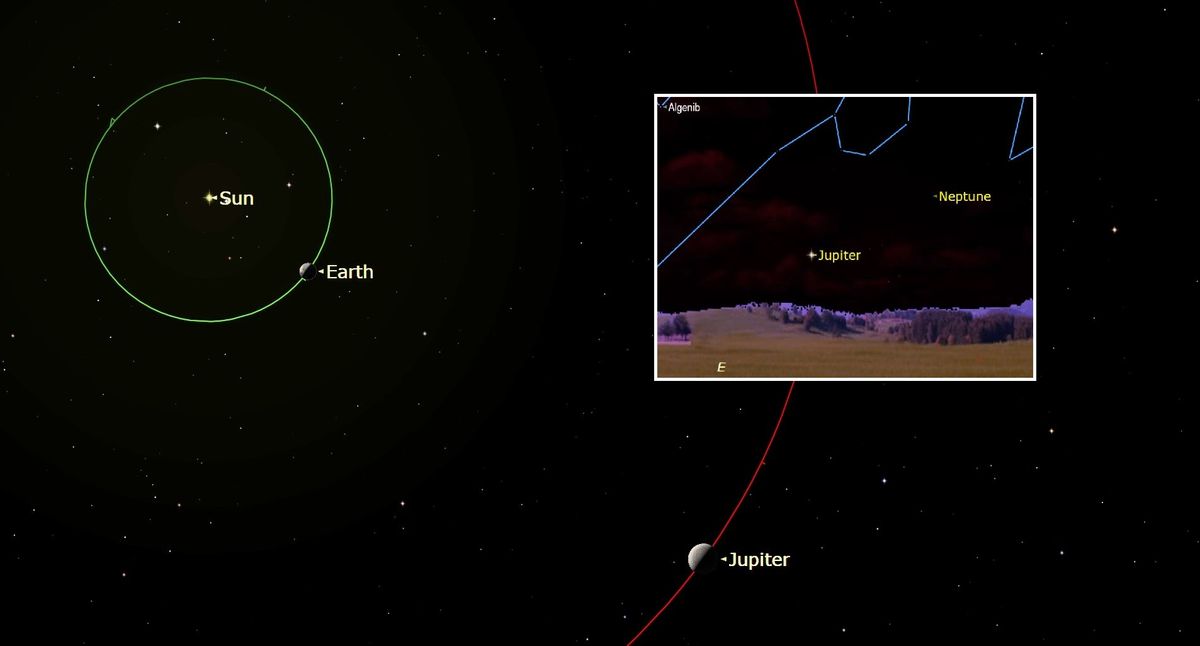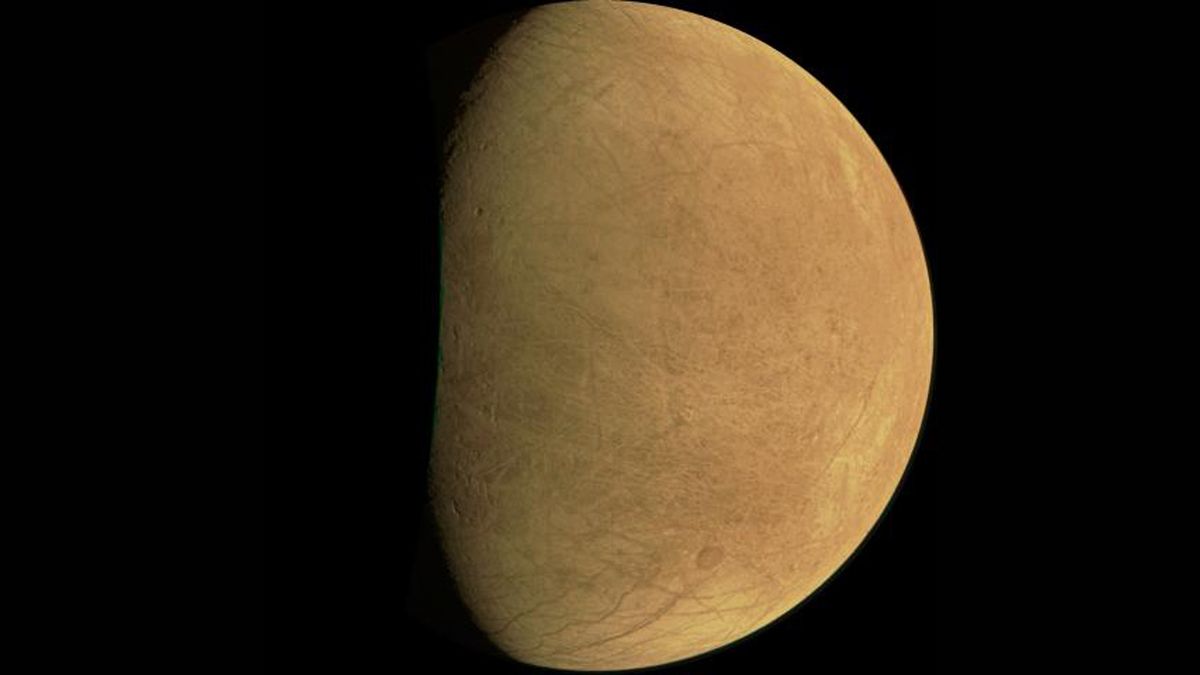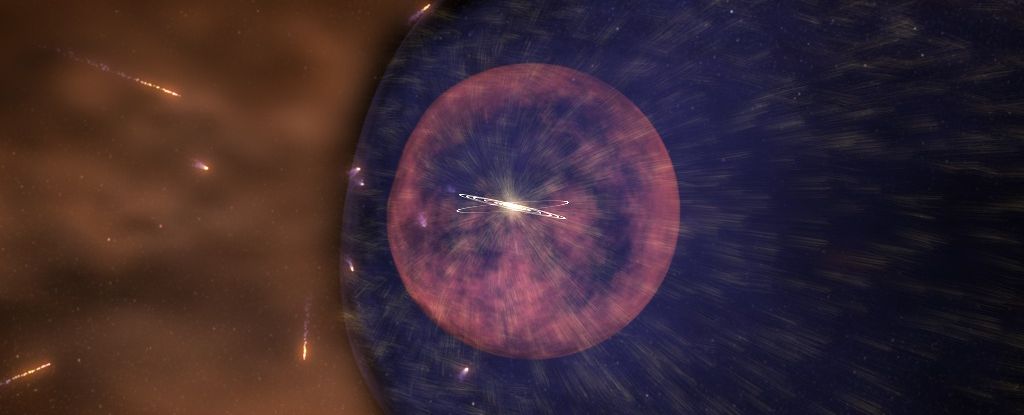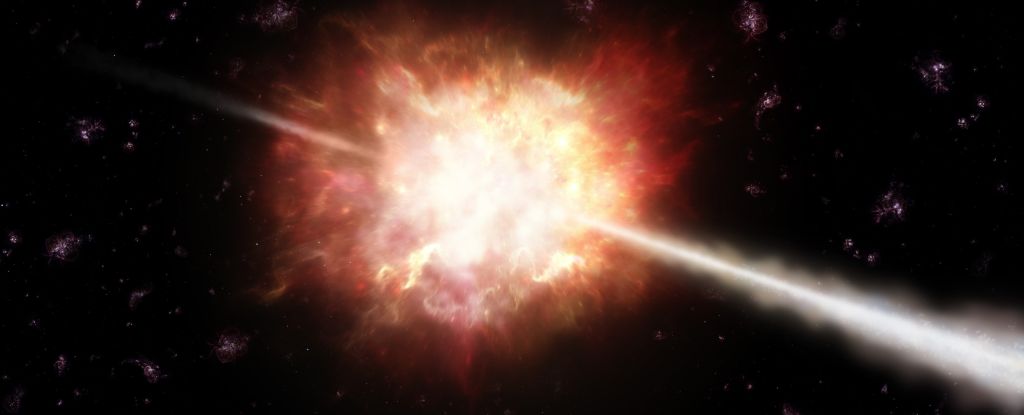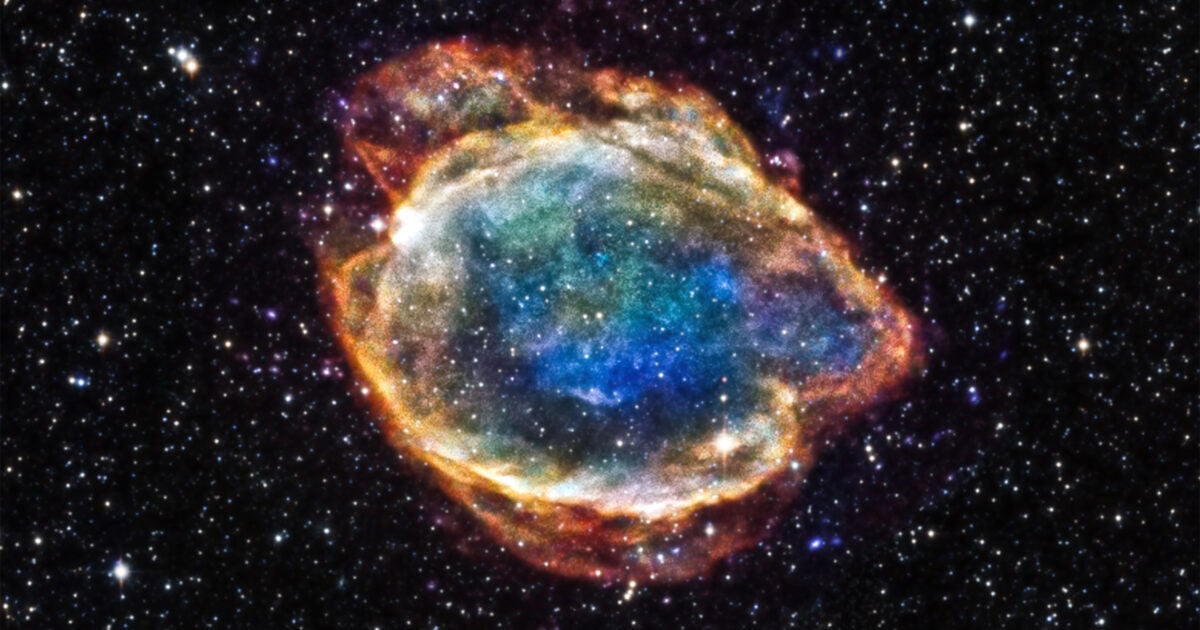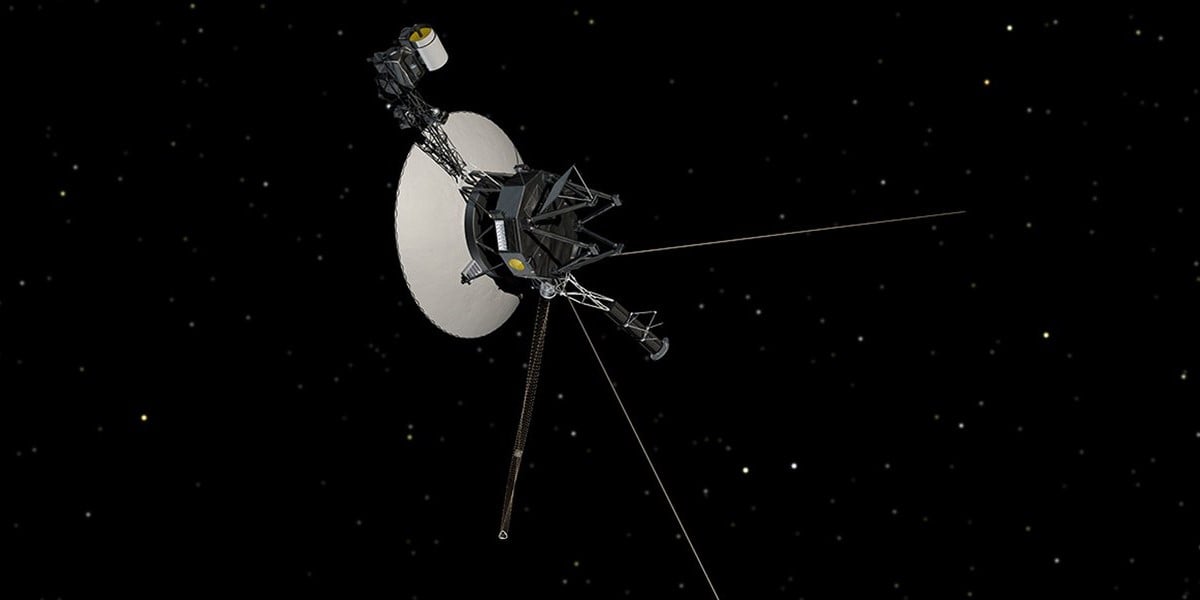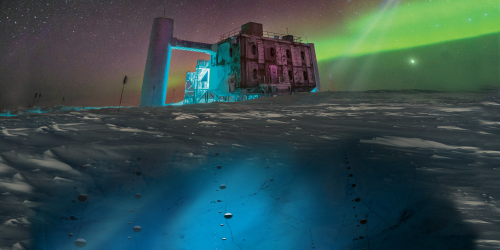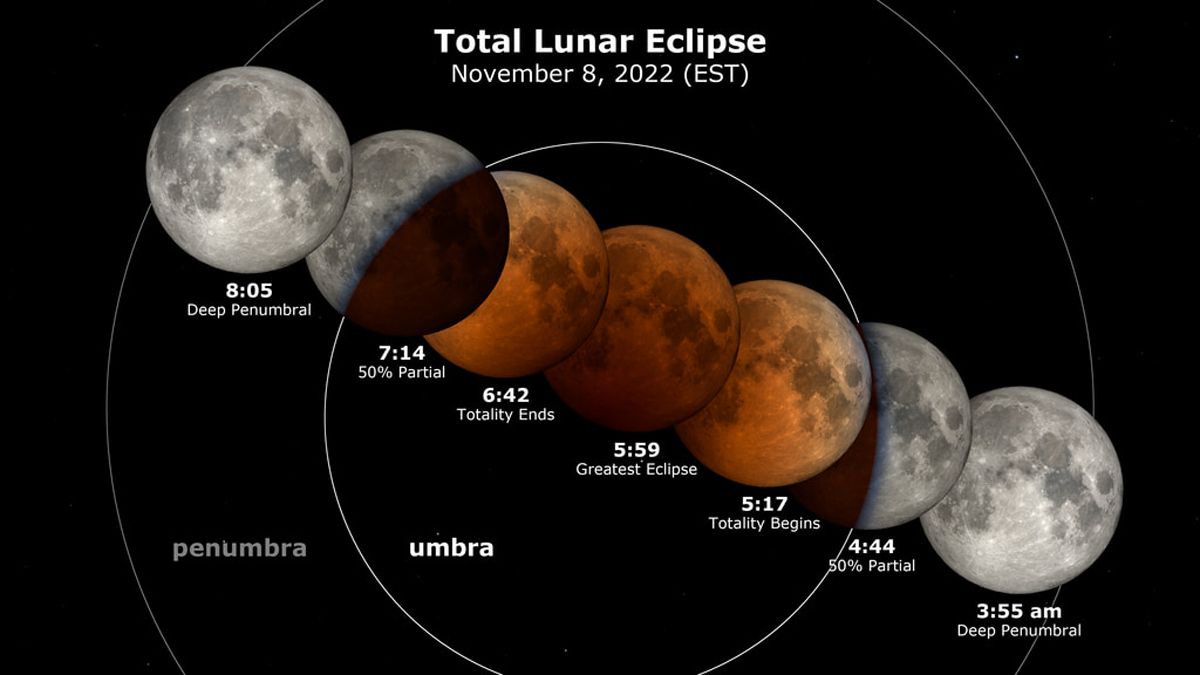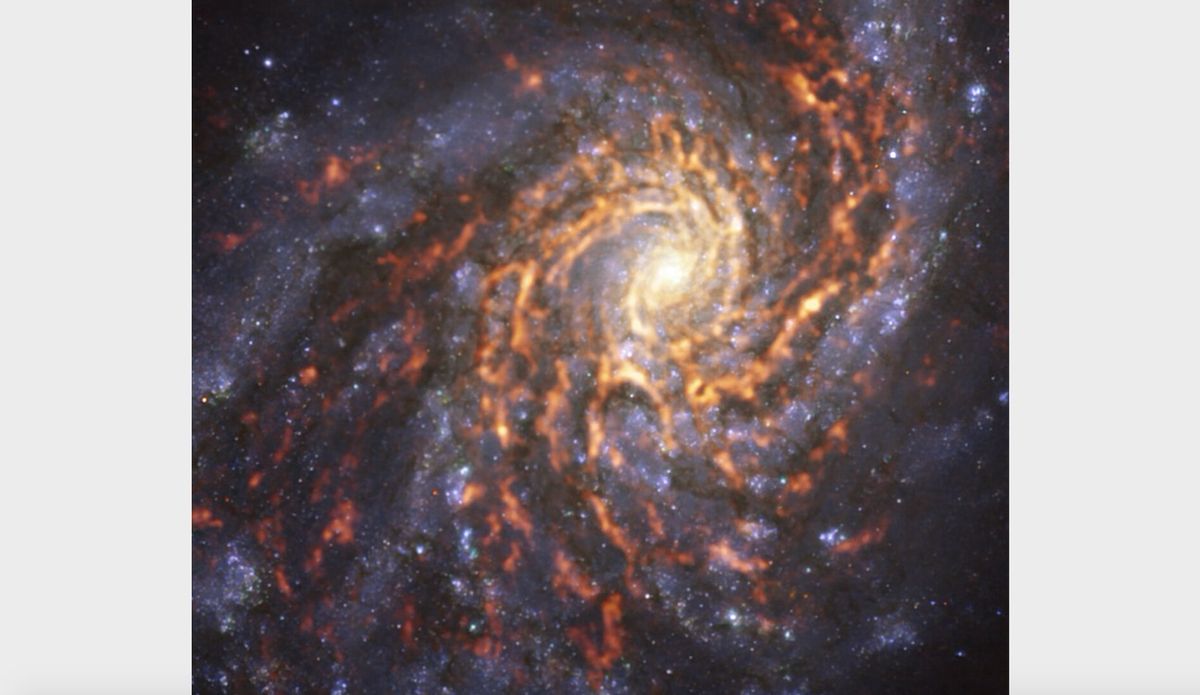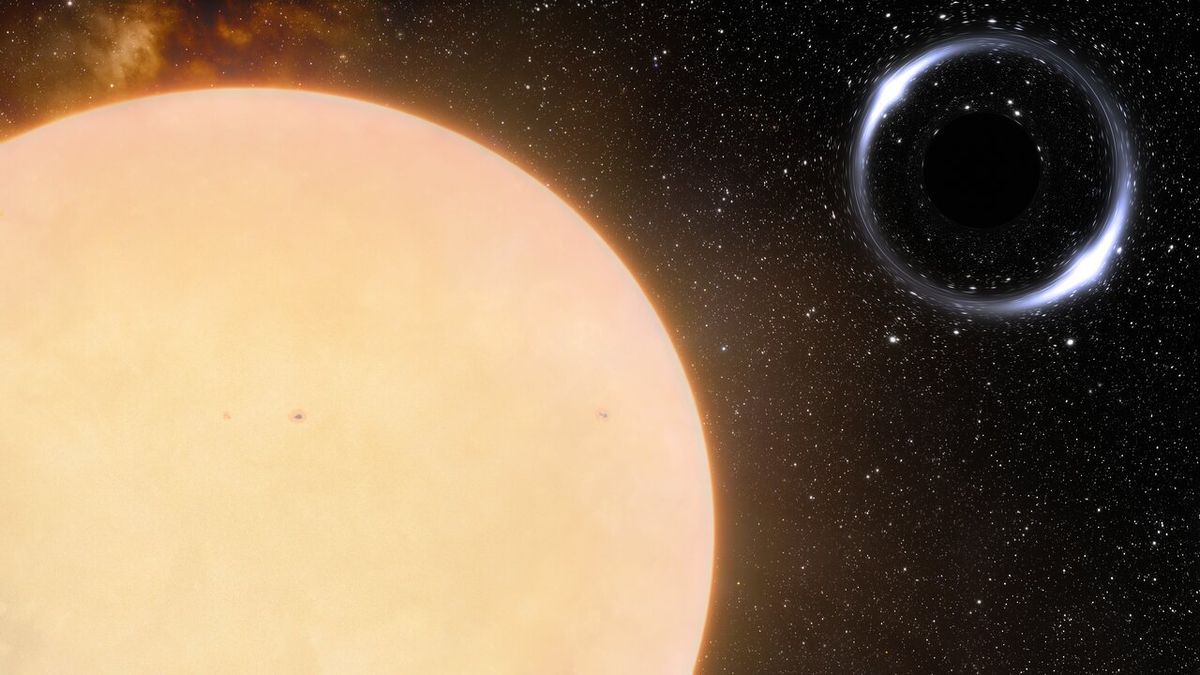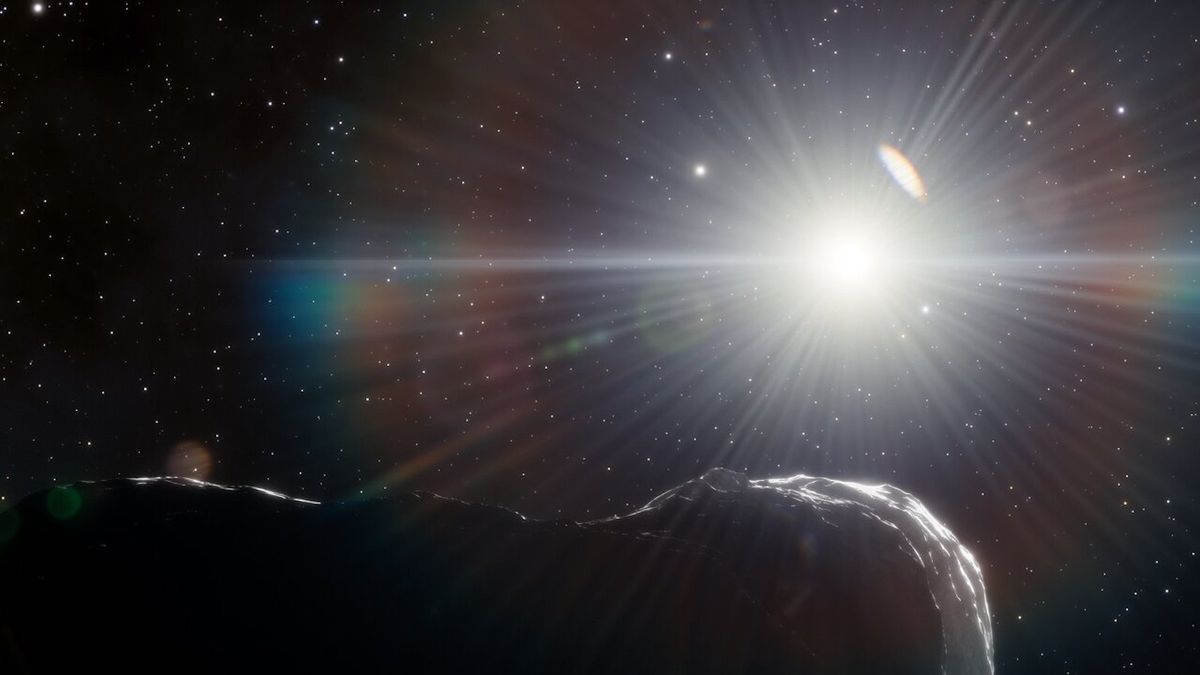- Joined
- 21 January 2015
- Messages
- 12,150
- Reaction score
- 16,351
Astronomers unveil new—and puzzling—features of mysterious fast radio bursts
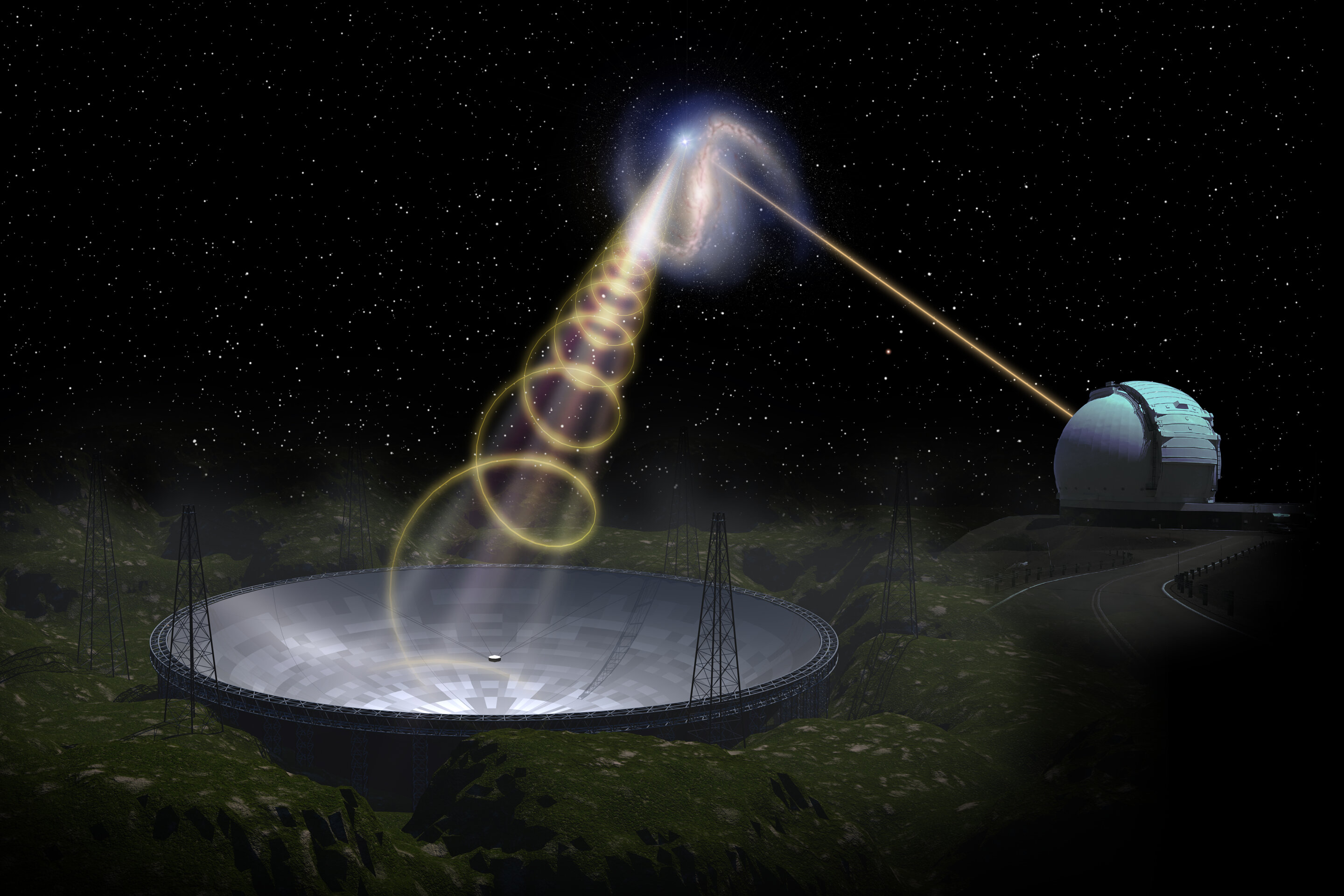
 phys.org
phys.org
Here’s the related paper:
A fast radio burst source at a complex magnetized site in a barred galaxy
Abstract
Fast radio bursts (FRBs) are highly dispersed, millisecond-duration radio bursts1,2,3. Recent observations of a Galactic FRB4,5,6,7,8 suggest that at least some FRBs originate from magnetars, but the origin of cosmological FRBs is still not settled. Here we report the detection of 1,863 bursts in 82 h over 54 days from the repeating source FRB 20201124A (ref. 9). These observations show irregular short-time variation of the Faraday rotation measure (RM), which scrutinizes the density-weighted line-of-sight magnetic field strength, of individual bursts during the first 36 days, followed by a constant RM. We detected circular polarization in more than half of the burst sample, including one burst reaching a high fractional circular polarization of 75%. Oscillations in fractional linear and circular polarizations, as well as polarization angle as a function of wavelength, were detected. All of these features provide evidence for a complicated, dynamically evolving, magnetized immediate environment within about an astronomical unit (AU; Earth–Sun distance) of the source. Our optical observations of its Milky-Way-sized, metal-rich host galaxy10,11,12 show a barred spiral, with the FRB source residing in a low-stellar-density interarm region at an intermediate galactocentric distance. This environment is inconsistent with a young magnetar engine formed during an extreme explosion of a massive star that resulted in a long gamma-ray burst or superluminous supernova.
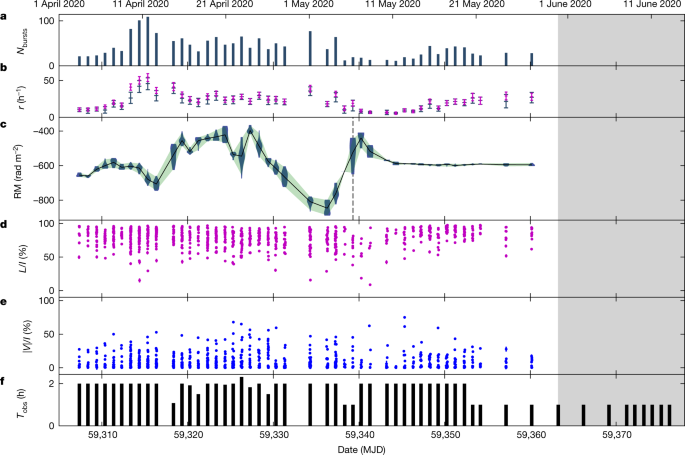
 www.nature.com
www.nature.com
What makes the latest observations surprising to scientists is the irregular, short-time variations of the so-called "Faraday rotation measure", which is the strength of the magnetic field and density of particles in the vicinity of the FRB source. The variations went up and down during the first 36 days of observation and suddenly stopped during the last 18 days before the source quenched.
"I equate it to filming a movie of the surroundings of an FRB source, and our film revealed a complex, dynamically evolving, magnetized environment that was never imagined before," said Zhang. "Such an environment is not straightforwardly expected for an isolated magnetar. Something else might be in the vicinity of the FRB engine, possibly a binary companion," added Zhang.

Astronomers unveil new—and puzzling—features of mysterious fast radio bursts
Fast radio bursts (FRBs) are millisecond-long cosmic explosions that each produce the energy equivalent to the sun's annual output. More than 15 years after the deep-space pulses of electromagnetic radio waves were first discovered, their perplexing nature continues to surprise scientists—and...
Here’s the related paper:
A fast radio burst source at a complex magnetized site in a barred galaxy
Abstract
Fast radio bursts (FRBs) are highly dispersed, millisecond-duration radio bursts1,2,3. Recent observations of a Galactic FRB4,5,6,7,8 suggest that at least some FRBs originate from magnetars, but the origin of cosmological FRBs is still not settled. Here we report the detection of 1,863 bursts in 82 h over 54 days from the repeating source FRB 20201124A (ref. 9). These observations show irregular short-time variation of the Faraday rotation measure (RM), which scrutinizes the density-weighted line-of-sight magnetic field strength, of individual bursts during the first 36 days, followed by a constant RM. We detected circular polarization in more than half of the burst sample, including one burst reaching a high fractional circular polarization of 75%. Oscillations in fractional linear and circular polarizations, as well as polarization angle as a function of wavelength, were detected. All of these features provide evidence for a complicated, dynamically evolving, magnetized immediate environment within about an astronomical unit (AU; Earth–Sun distance) of the source. Our optical observations of its Milky-Way-sized, metal-rich host galaxy10,11,12 show a barred spiral, with the FRB source residing in a low-stellar-density interarm region at an intermediate galactocentric distance. This environment is inconsistent with a young magnetar engine formed during an extreme explosion of a massive star that resulted in a long gamma-ray burst or superluminous supernova.

A fast radio burst source at a complex magnetized site in a barred galaxy - Nature
Analysis of a set of 1,863 bursts from the repeating source FRB 20201124A provides evidence of a complicated magnetized site within about an astronomical unit from the source in a barred galaxy.




